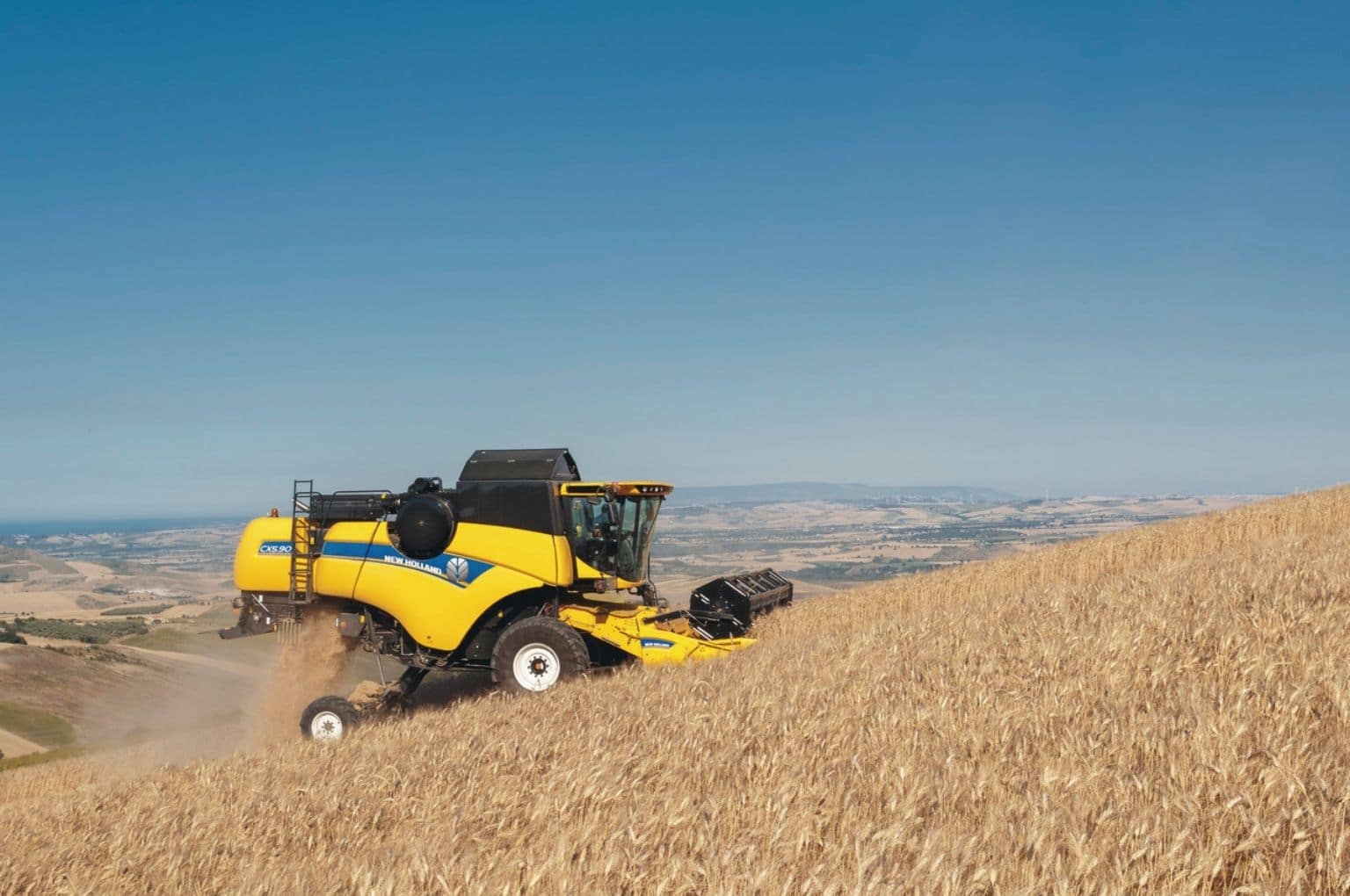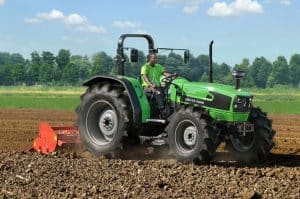Agricultural equipment must operate safely and effectively in a range of environments, which makes testing complex, expensive, and challenging. By introducing virtual testing, CNH Industrial is streamlining the whole process.
Test-driving agricultural equipment must be conducted according to the most stringent safety conditions and in controlled scenarios. Maneuvering a 25-ton combine harvester across an uneven field can be a tricky business, so the greatest precautions and considerations must be made. CNH Industrial’s development of virtual testing is transforming that risk profile, as well as reducing the time, costs, and carbon emissions involved.
The winds of change
The agricultural sector is evolving rapidly. Computer power is growing exponentially and there has been a vast increase in the amount of data available on everything from soil to crop to weather conditions. Product testing has been evolving, too, which is helping farming technology make major leaps forward.
CNH Industrial is accelerating and improving both the product development and manufacturing processes using High Performance Computer (HPC) simulation and Computer Aided Engineering (CAE).
The road to autonomy
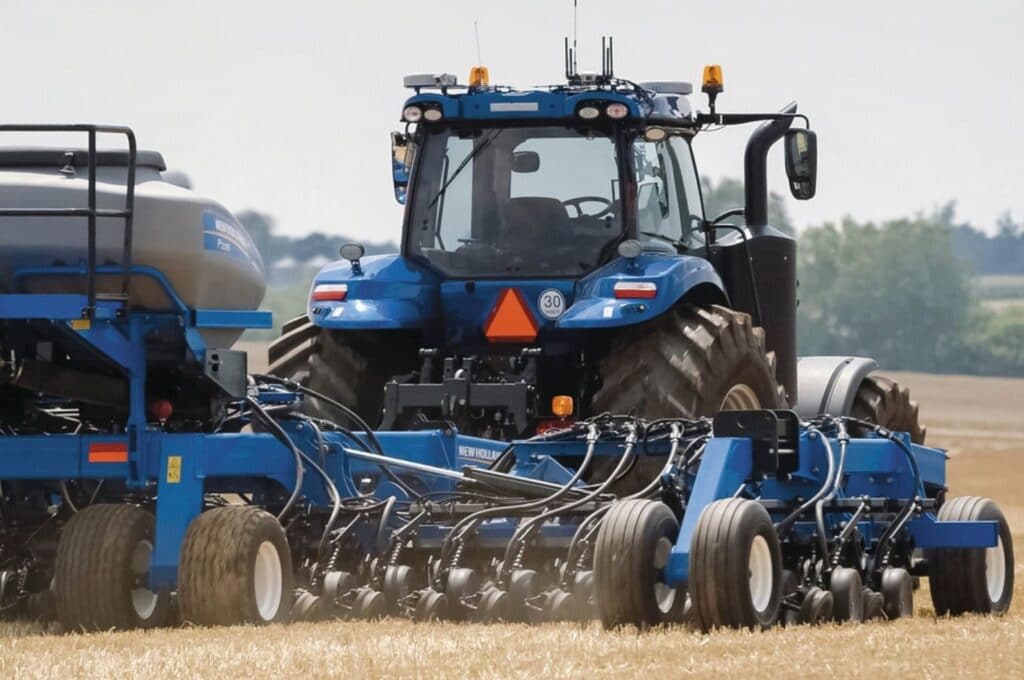
Currently, most modern farming vehicles enhance the role of the operator through an interactive user interface and advanced sensing technology that allow the vehicles to locate themselves and avoid hazards. However, the next step forward is already with us: supervised autonomy, where the operator oversees an unmanned vehicle. Ultimately, CNH Industrial will deliver full autonomy, where farming machinery will be able to carry out a wide range of tasks under fully remote supervision.
Testing these vehicles in real life settings is costly, time consuming, and requires rigorous safety protocols. By testing in a virtual environment, CNH Industrial is speeding up the design process for full autonomy while minimizing occupational safety concerns.
A safer approach to testing
CNH Industrial places a preeminent focus on safety throughout the product development process. Everything from driver well-being to vehicle stability on uneven ground must be taken into consideration, and the potential dangers mitigated.
Normally, the product development team would run a series of “bump tests” for farming equipment, which monitors vibrations, analyzes the forces on specific elements of a design, and checks the pressures on hydraulic components.
But now, by combining a variety of modeling techniques with physical components, CNH Industrial has created a simulation environment that mirrors standard testing, creating a “digital twin.” By shifting to this virtual setting, design validation becomes far safer.
Virtual testing
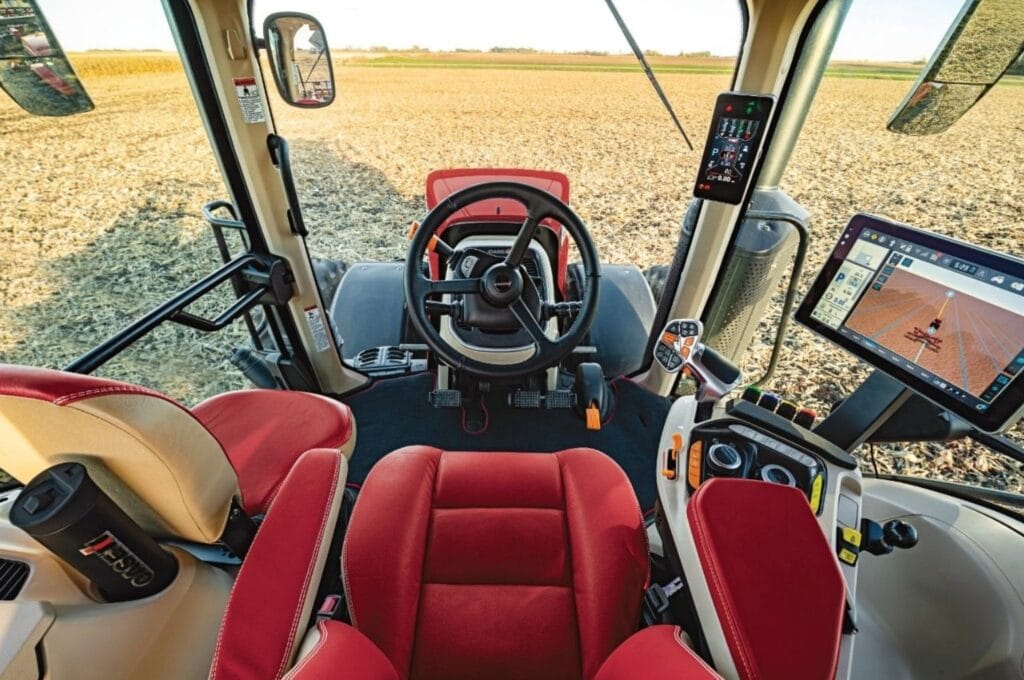
One area where virtual testing is particularly effective is in cab design, where driver comfort and safety are assessed. By using virtual cabs, teams can closely monitor factors such as driver comfort and the reachability of controls. Whereas traditionally, a person would have had to physically sit in the cab for ergonomic testing – possibly in some potential discomfort – the virtual system can assess all the design factors.
Virtual testing also allows customers to provide input and feedback into the design process. Using virtual cabs, they can view solutions, track design development, and see improvements to product design first-hand.
Cutting costs and time
Traditional testing requires farming equipment to be evaluated across a wide range of environments and crops. Gennaro Monacelli, CNH Industrial’s Global Director of Design Analysis and Simulation, explains the process in more detail: “If we need to field test a tractor or a combine, we might have to ship a prototype to a remote country and synchronize the development time with the harvest season, in order to test the different missions of our agricultural machinery.
Any delays in product development mean the prototype may not be ready, thus missing a whole season of testing and resulting in almost a year’s delay. We can mitigate this risk using virtual simulation and simulating tire-soil interaction, anticipating many tests digitally.”
By running a virtual test, evaluations are effectively immediate, but it is also possible to learn more about the machine’s operation than during standard physical testing.
“When we harvest crop such as sugarcane in real life,” says Monacelli, “we aren’t able to see what is happening inside the machine. But through virtual testing, like computational fluid dynamics and crop modeling, we can do exactly that.”
With these simulations we can analyze the dynamics of all the systems inside the machine. The Company’s ability to monitor the exact crop flow at every point inside a virtual machine, makes testing more accurate and allows for further enhancements.
Virtual testing reduces carbon emissions and risks
Testing vehicles in the traditional manner involves significant carbon emissions. Agricultural equipment will require a considerable number of hours and hectares to reach the necessary level of confidence. Running virtual simulation substantially reduces those emissions.
Monacelli points out that prototype vehicles create a high carbon footprint. “When building a prototype, you know it is ultimately destined for the landfill,” he says. “It’s a significant investment and thanks to virtual testing, we don’t always need to develop one, as simulations become more realistic and predictive.”
To produce an autonomous vehicle, myriad elements – including cameras and LiDAR (Light Detection and Ranging, a remote sensing method that uses pulsed laser light to measure ranges) – must all be tested. Virtual testing can be used for every element of the design process, from assessing one small component of a tractor to the final product’s functionality.
“On larger farms, vehicles will soon be able to communicate with each other. In the future, we will be able to tell farmers the optimum time to harvest a crop, and the combine will harvest with fully remote supervision.
The use of virtual testing will not only reduce risks but will ultimately provide the customer with an optimal – and comprehensively vetted – product”, Monacelli concludes.
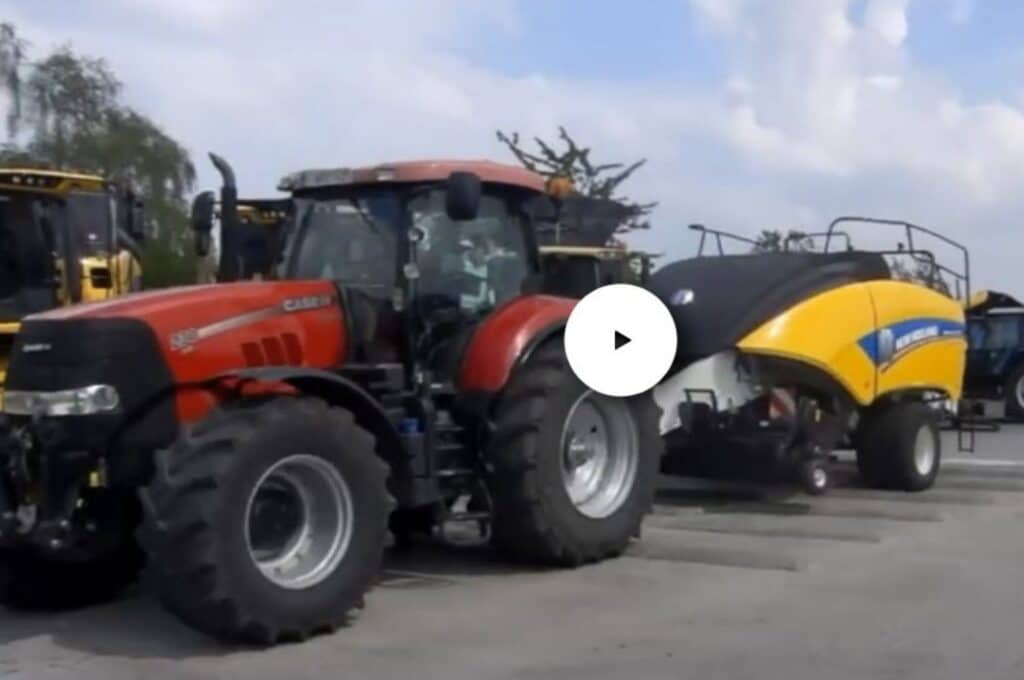
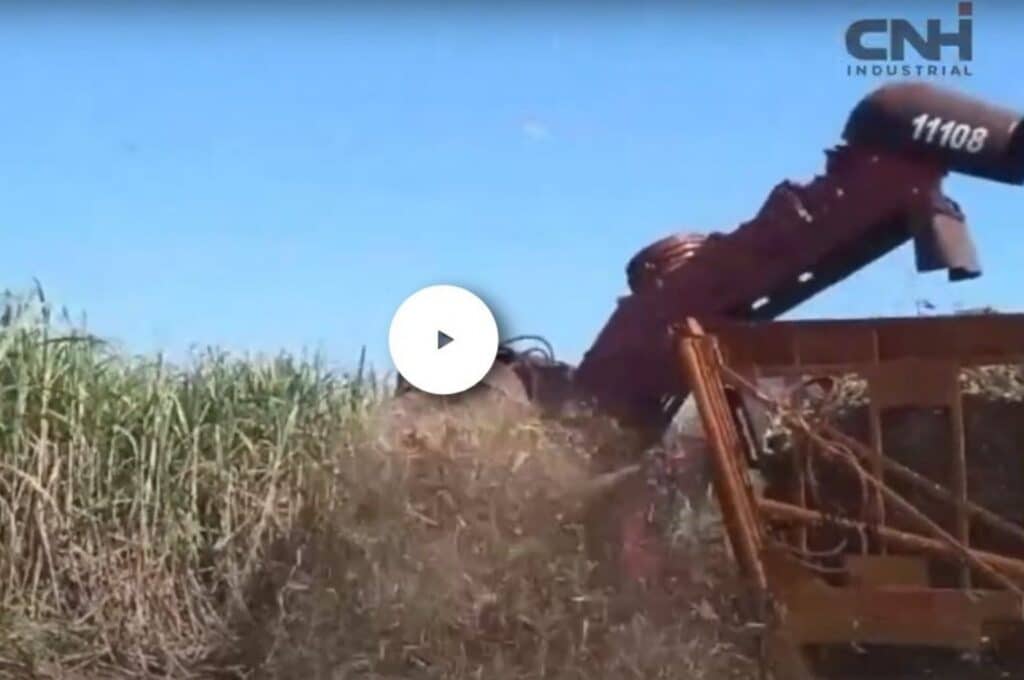

![RightSpot Ad Template Digital-1400×190-px[76] Ag Leader RightSpot](https://world-agritech.com/wp-content/uploads/elementor/thumbs/RightSpot-Ad-Template-Digital-1400x190-px76-r316mmc0hgoob9qxmklllnnbxta1nlj7t2vjkoyeek.png)

